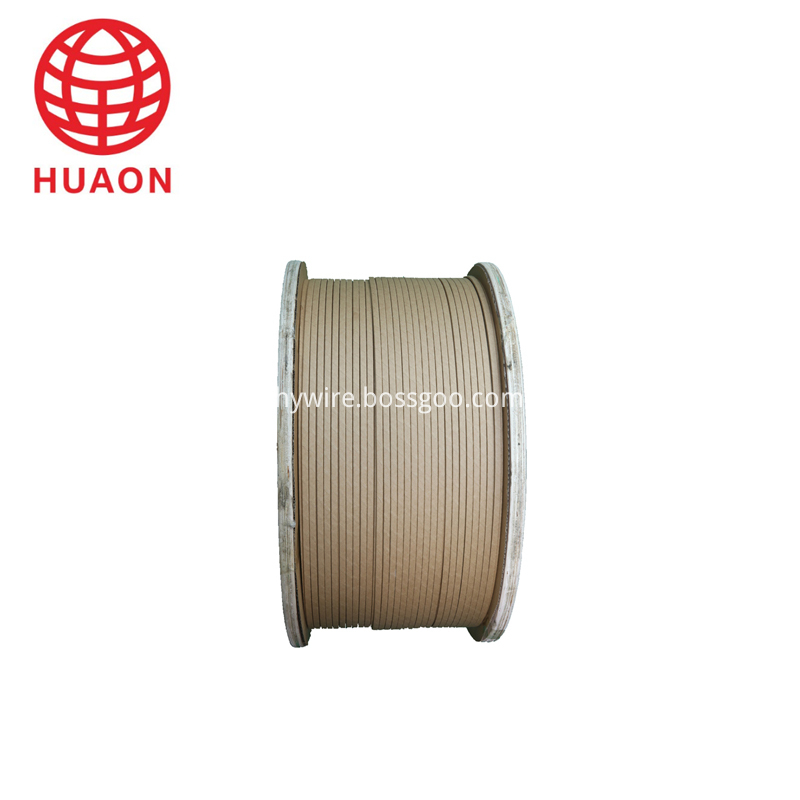Richard Roberts, an Intel researcher, believes that visible light from LEDs can create a cheap car network. Cars have headlights and taillights, so by introducing this mechanism into a new system, communication between vehicles can be formed.
The system is called Visible Light Communication (VLC), and Intel has been working on the project since 2008, but it has always been in a secondary position, and Roberts hopes to apply this technology to the concept of the Internet of Vehicles. The VLC system allows the lights to flash, the frequency of the flash is related to the message being transmitted, and the car can identify the frequency and communicate the message to other vehicles.
The frequency of this flash is very short, the human eye can't see it, but the machine can recognize it. Messages can cover traffic conditions, location, collisions, etc. These messages can even be applied to automated driving systems.
In addition, these messages can be passed between vehicles, so these messages can be shared between vehicles and captured by a normal camera. Adding sensors does make the system smarter, but VLC is characterized by no special hardware support.
Radar and laser are the most advanced communication technologies, which allow the car to perceive the surrounding situation, but Chen Ben is also very high, especially the sensor is installed inside the car. Although this solution can solve the problem, the penetration rate must be at least 10% to have a specific effect. The VLC solution is easier to implement and can be popularized immediately.
In addition, even if a large number of cars are equipped with radar, it will certainly generate a lot of signal noise, visible light does not have this trouble, because it only transmits messages to nearby cars.
But VLC also has a bad injury. The first flashing light needs to be transmitted directly to the camera. If the car turns or moves sideways, the signal may be lost. The second point is the sun. When the lights are not turned on during the day, even if it is still flashing, the sun may cover the flash. The third is extreme weather, heavy fog, heavy snow, all of which may invalidate the system.
When I interviewed the driving guards, I also mentioned the problem of assisting driving night solutions. VLC may be the answer. The accident rate at night is relatively high. If the weather can be resolved, then VLC will be a good system. At least it can make ordinary cars smarter.

| About Paper Covered Flat Aluminium Wire |
Paper wrapped winding wire is made up of bare from oxygen free Copper Rod or electrical aluminum rod by drawing or extruding processing and wrapped by insulation materials.paper covered single wire , with insulation wrapping in the outside layer
As per Conductor Material:Copper , aluminum
As per Inner Conductor: Paper wrapped bare
Insulation thickness:Double paper covered (DPC) orTriple Paper Covered (TPC) ,According to Customer`s requirements
Packaging DetailsInner packing : Wooden bobbin
Outer packing : Wooden pallet and stretch film
Or according to our custormers' requirements

Production Scope
Conductor of Paper wrapped wire
Bare Wire Round Wire:Φ1.00 mm-Φ5.00 mm
Rectangular Wire thickness a:1.00 mm-5.60 mm
Width b:2.00 mm-16.00 mm
Conductor of Composite wires
Max wrapping layers once: 24 layers for Paper Covered Wire
4 layers per wire and 16 layers outside for composite wires
We could offer products of special requirements on conductor size, insulation layer thickness, or wire number of the composite.
Paper Covered Flat Aluminium Wire
Electrical Wire,Paper Covered Flat Aluminium Wire,Covered Magnet Aluminum Wire,Covered Magnet Aluminum Winding
HENAN HUAYANG ELECTRICAL TECHNOLOGY GROUP CO.,LTD , https://www.huaonwire.com